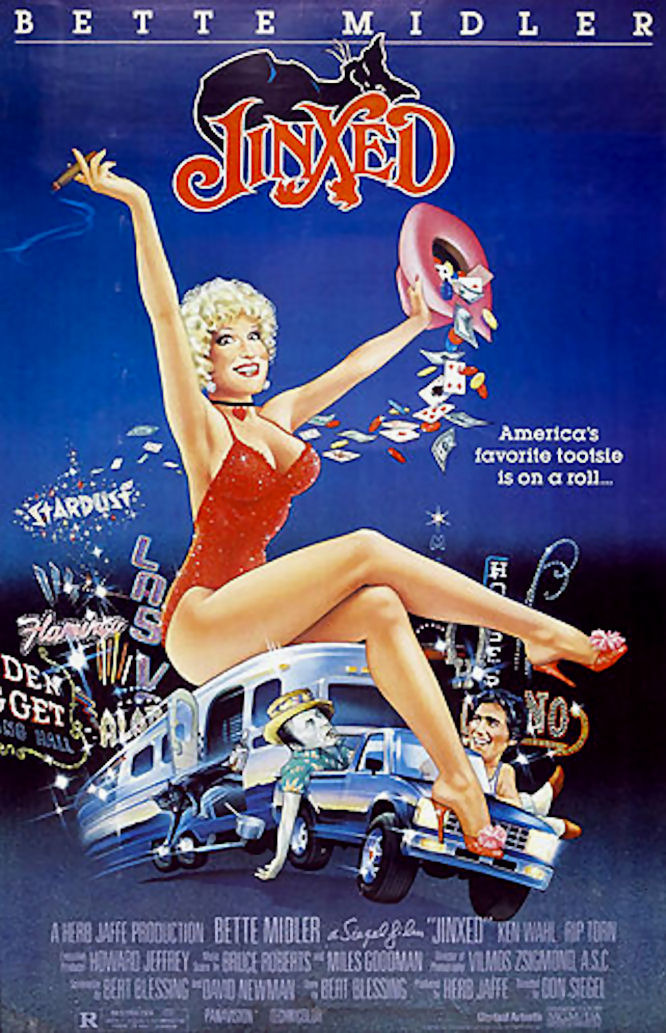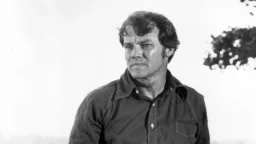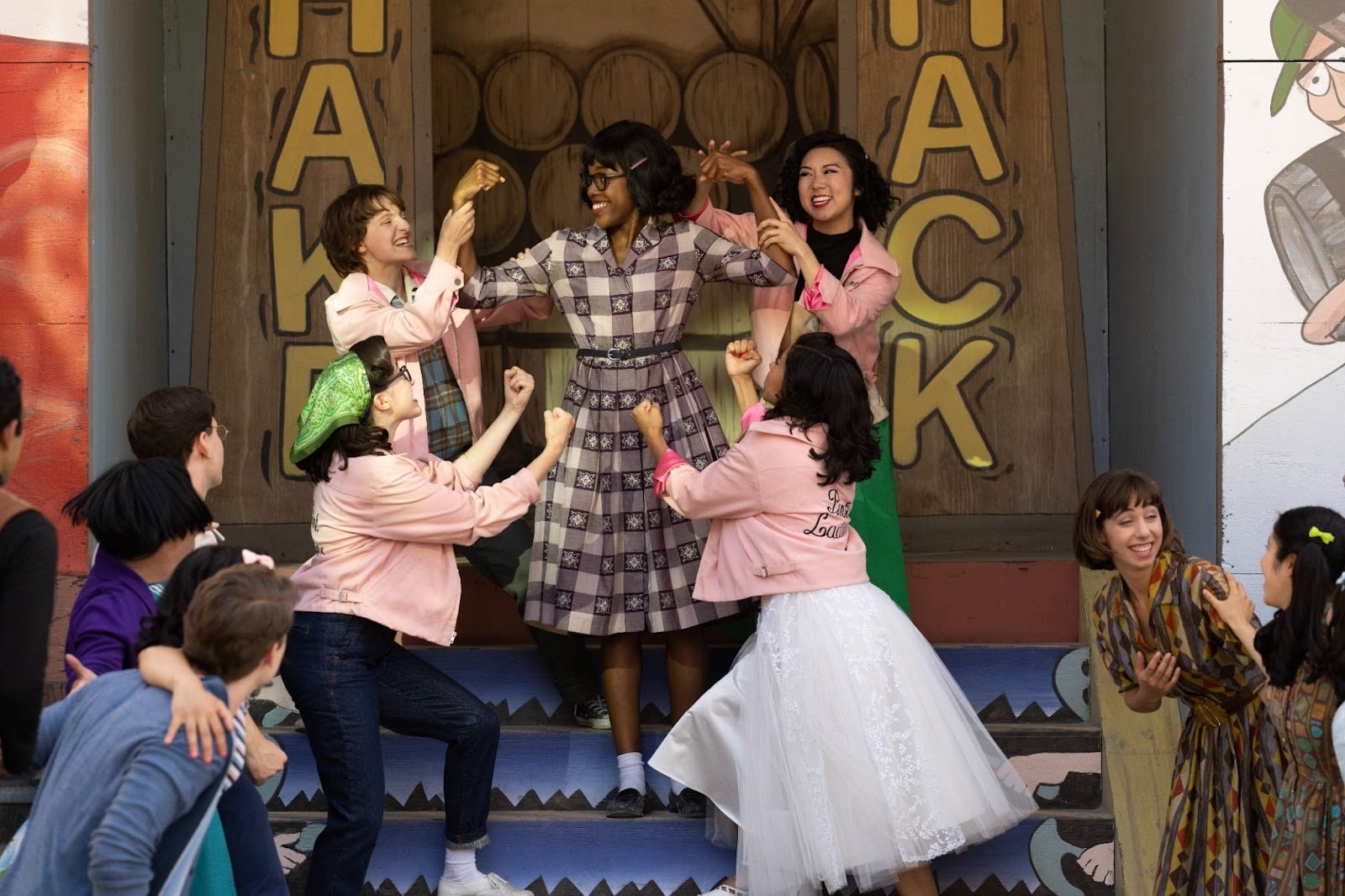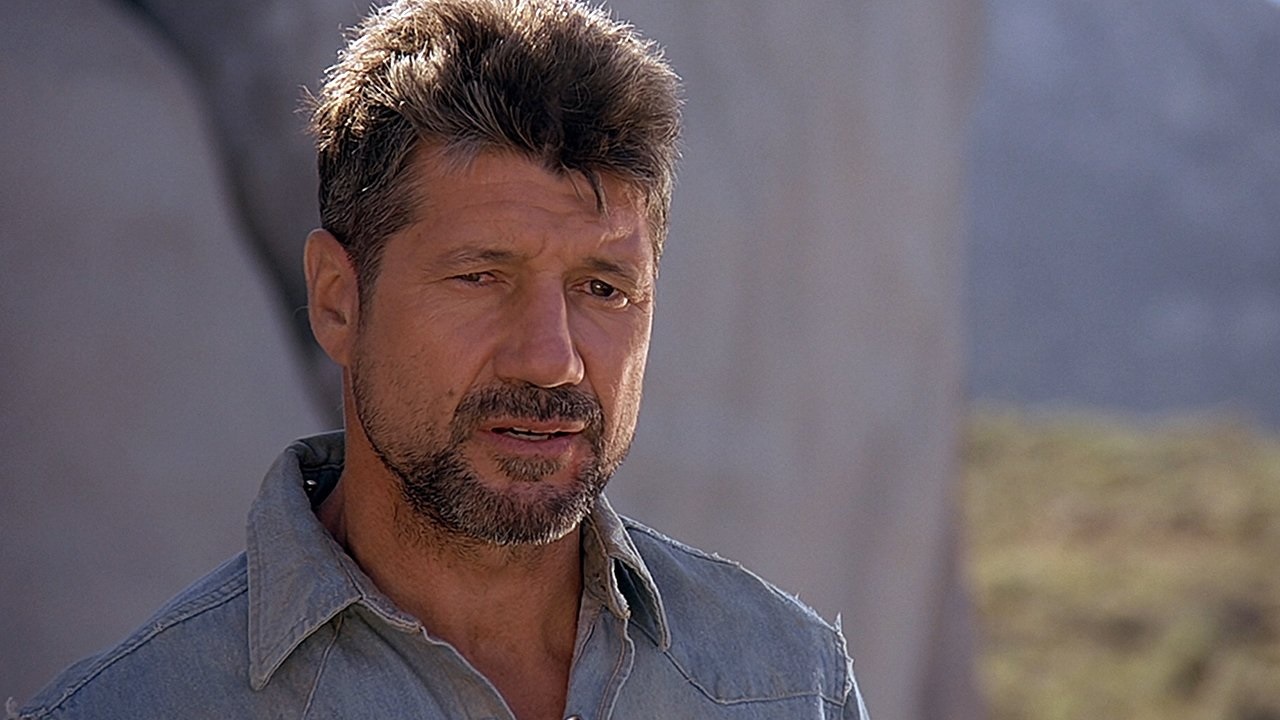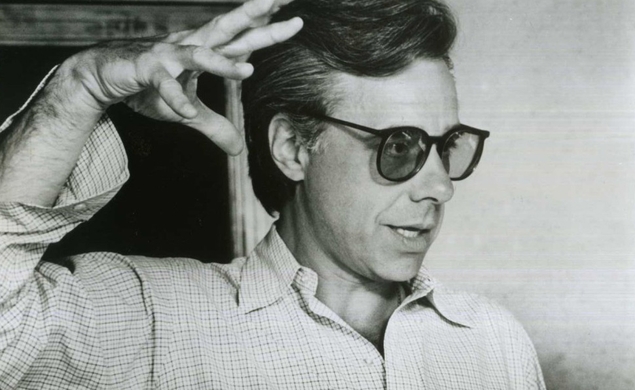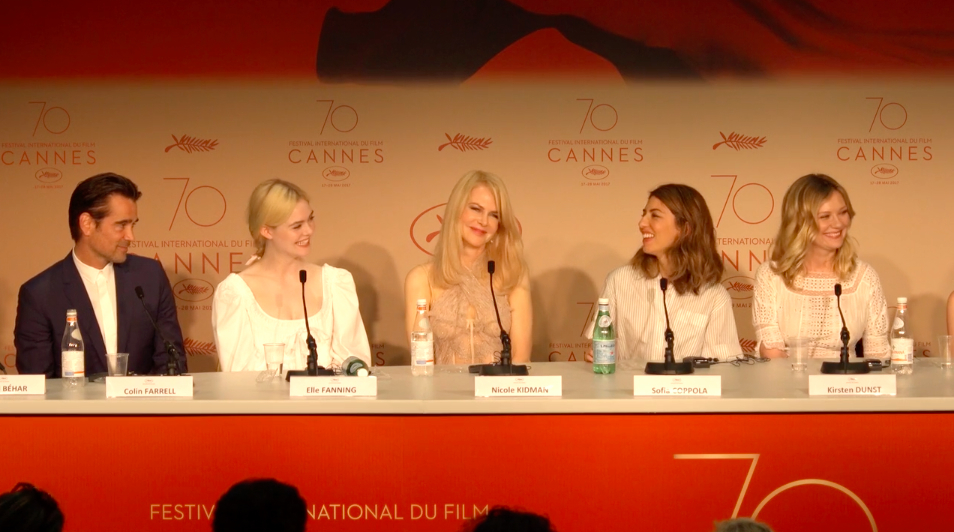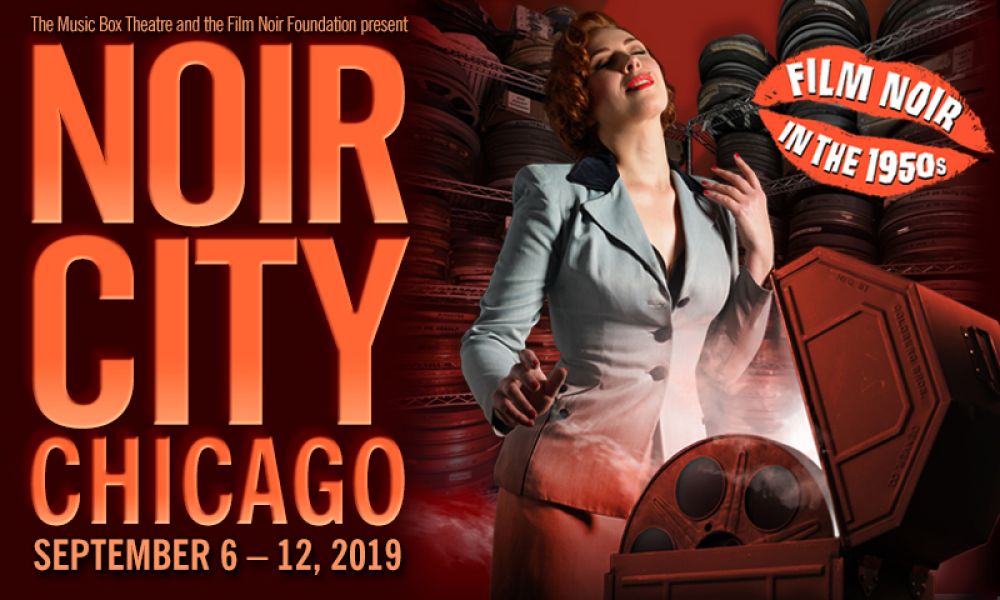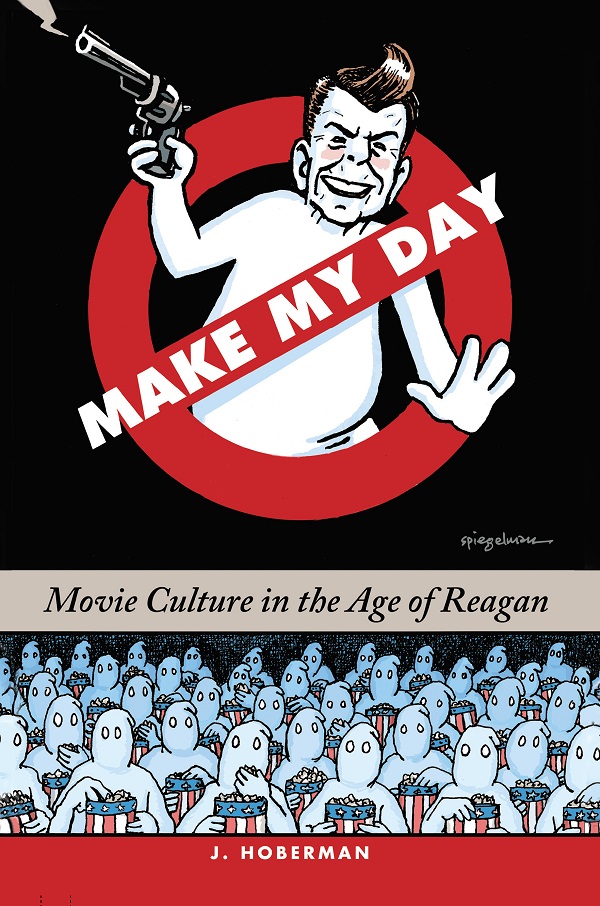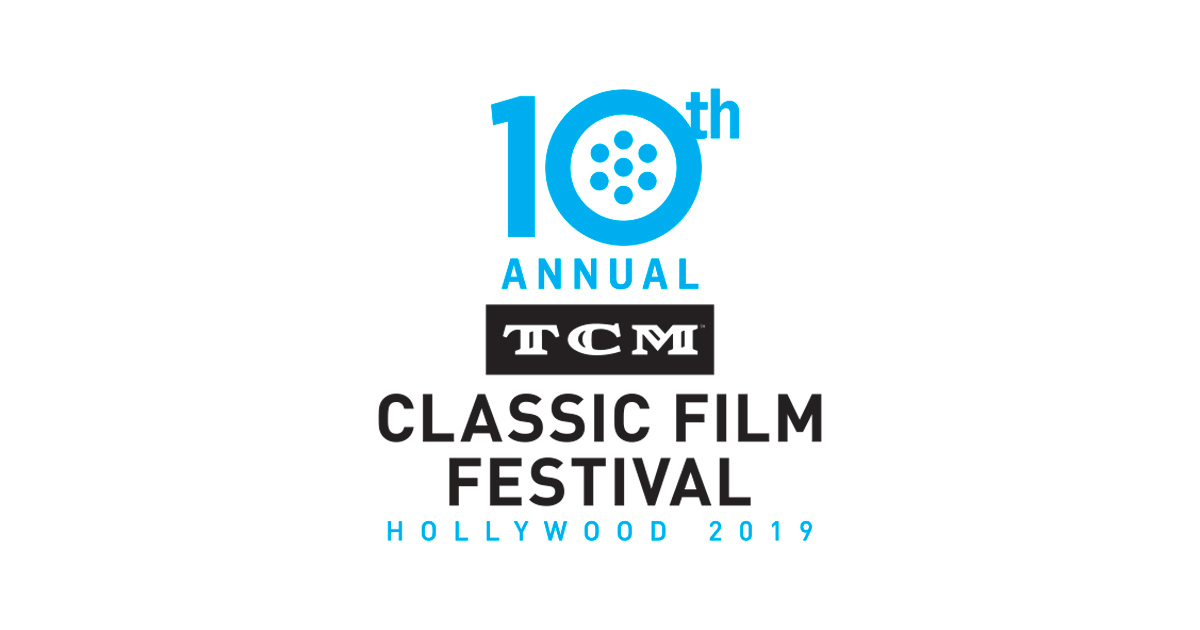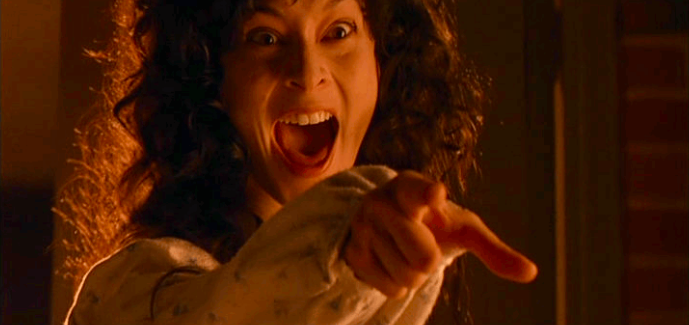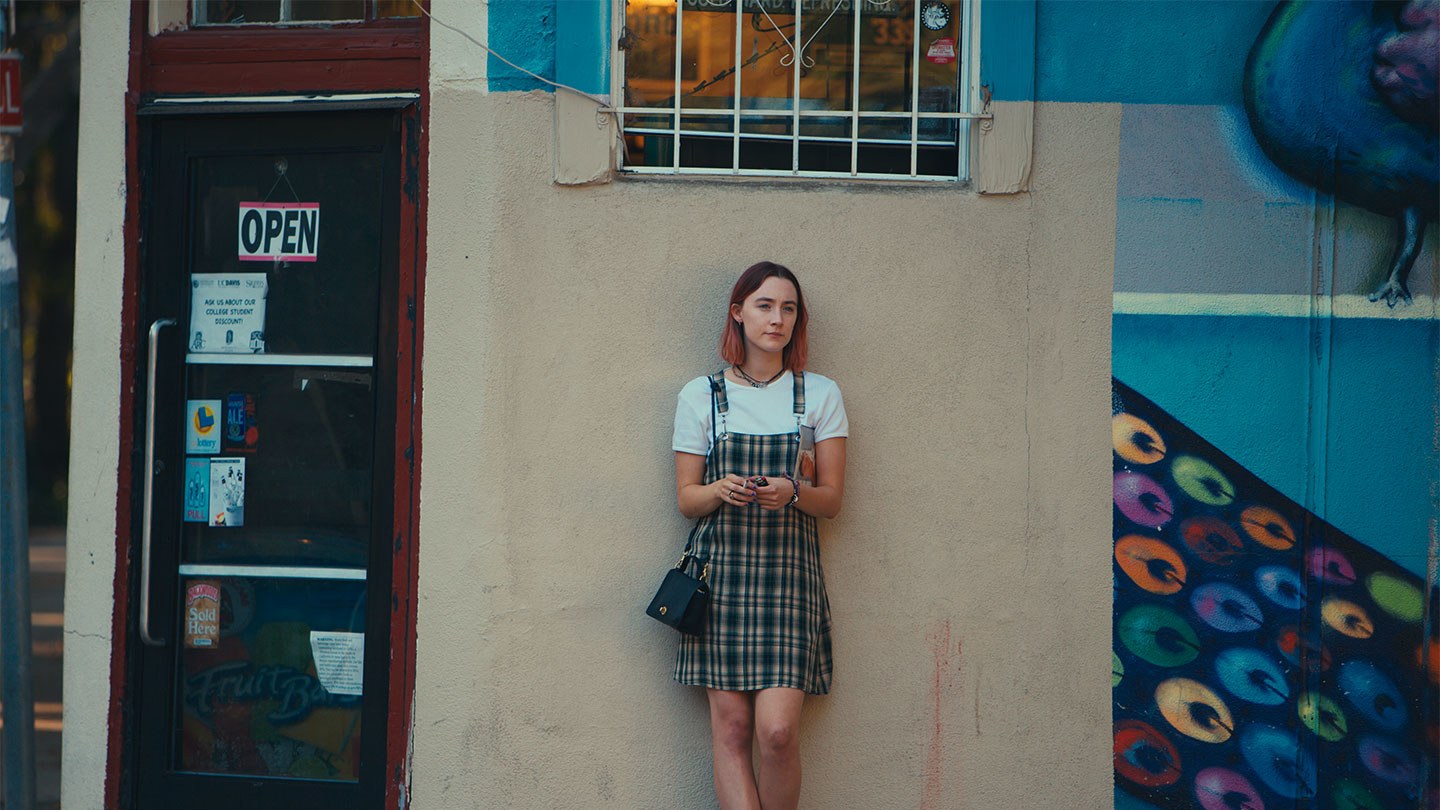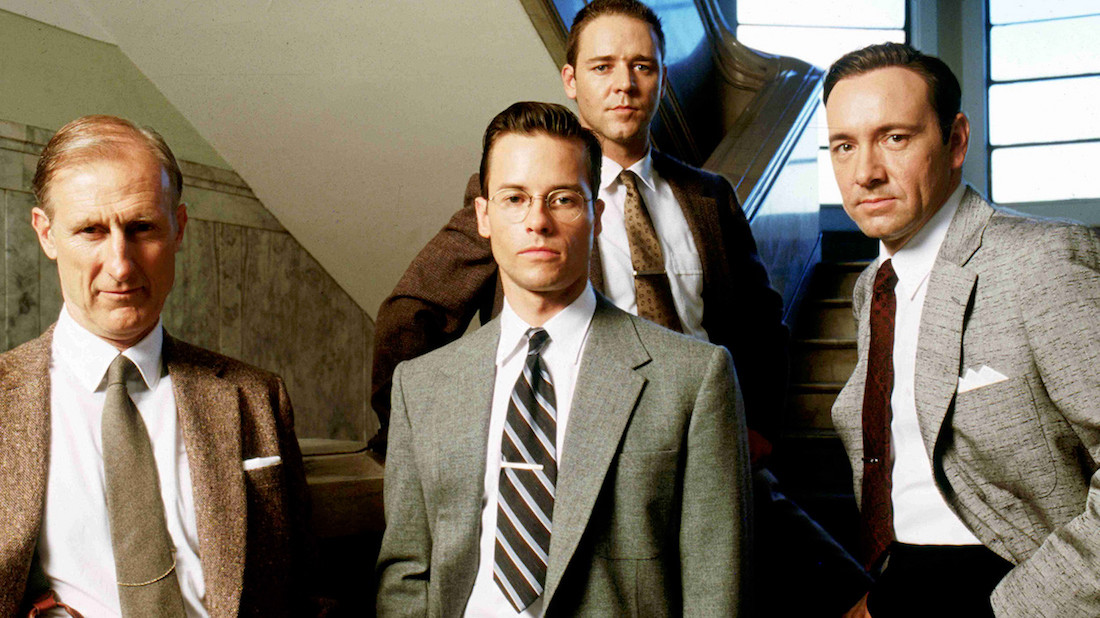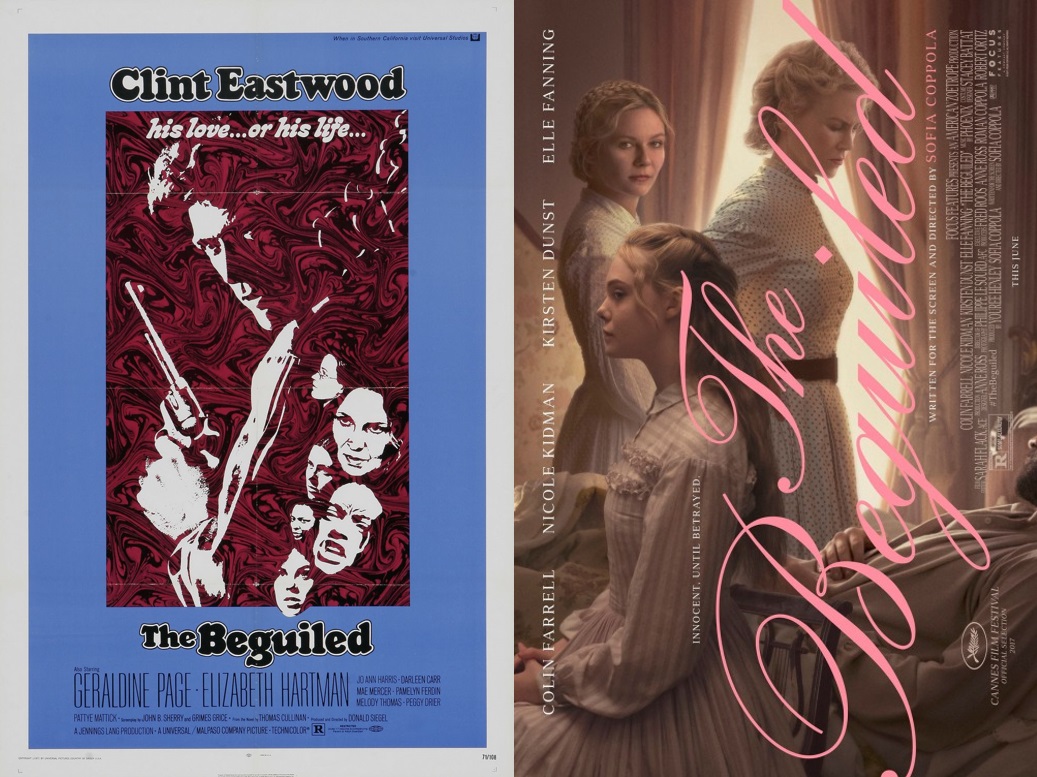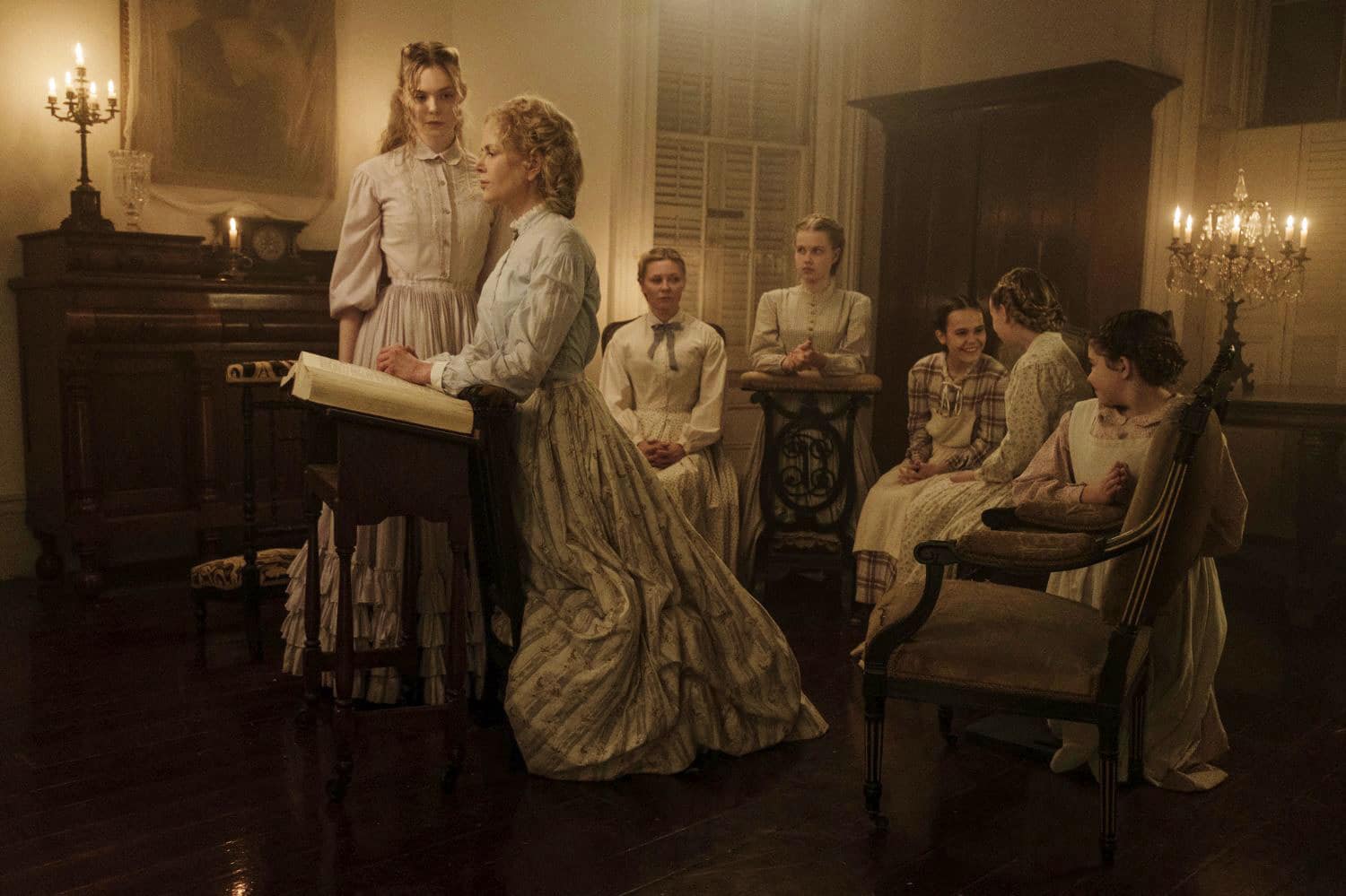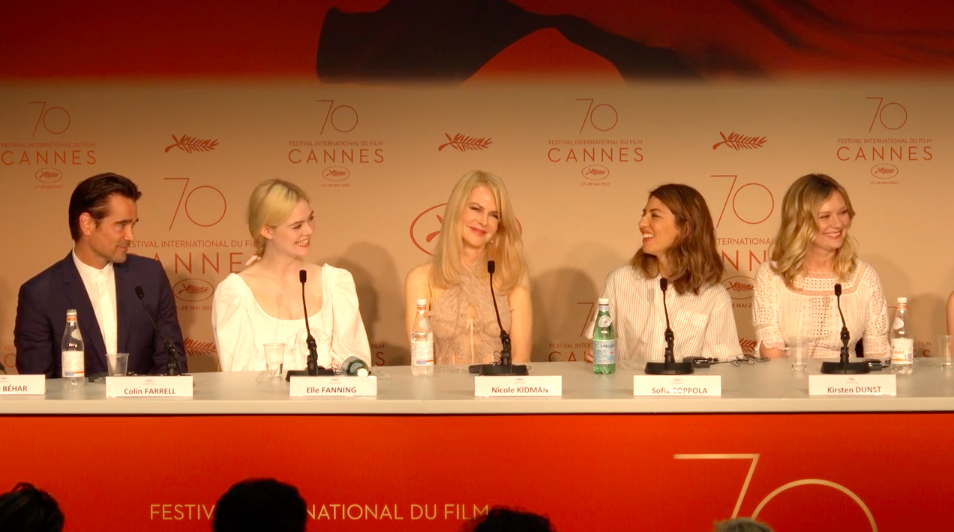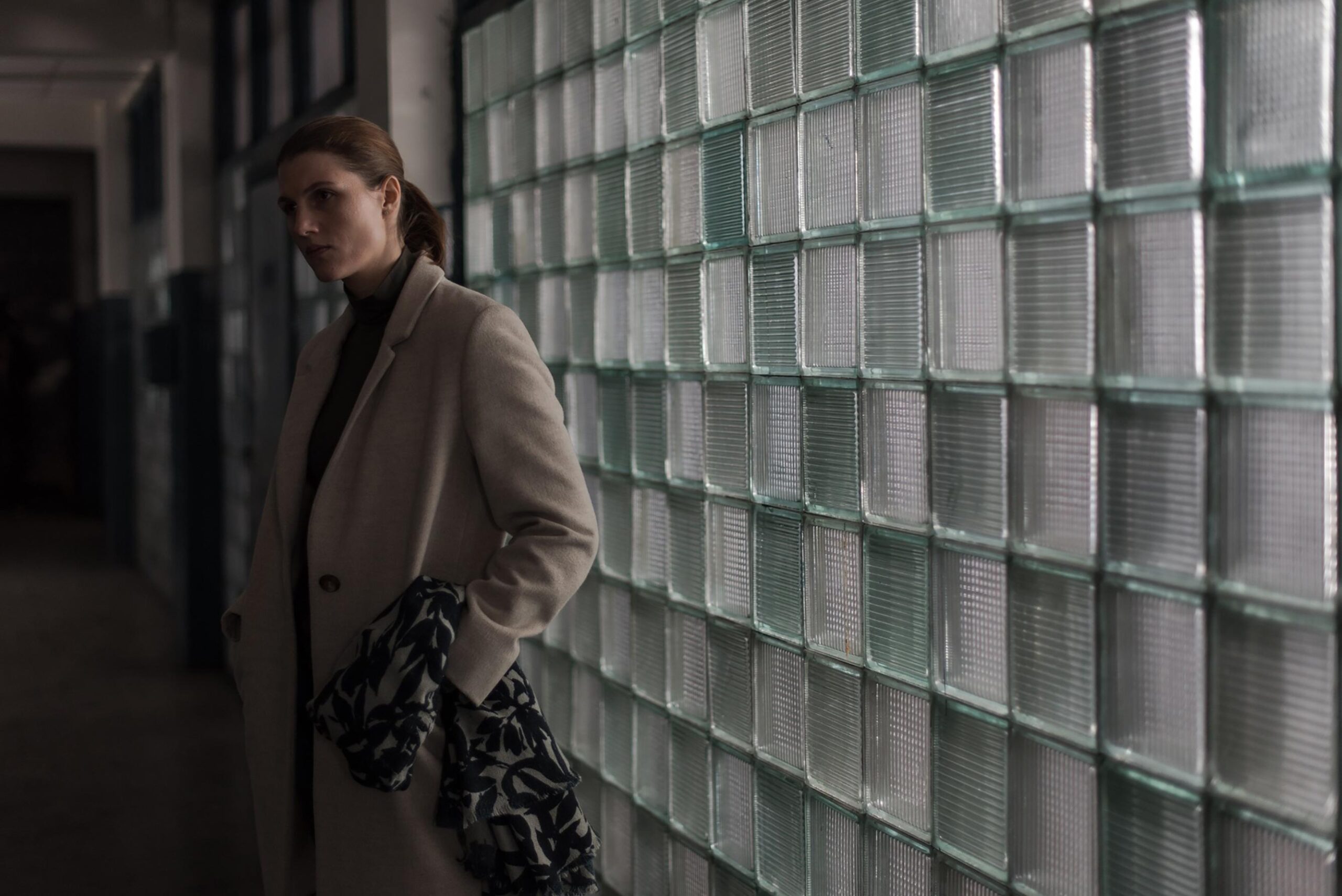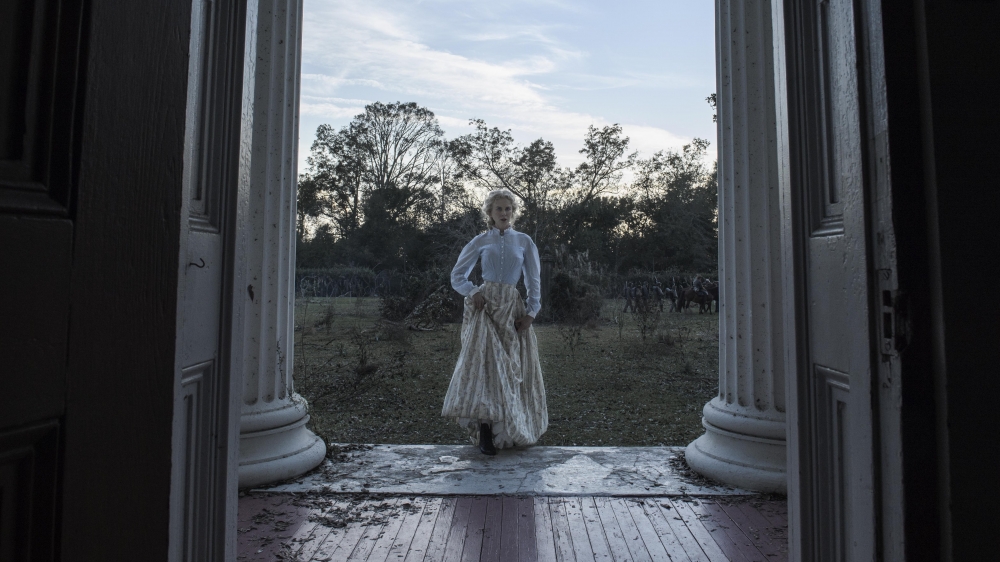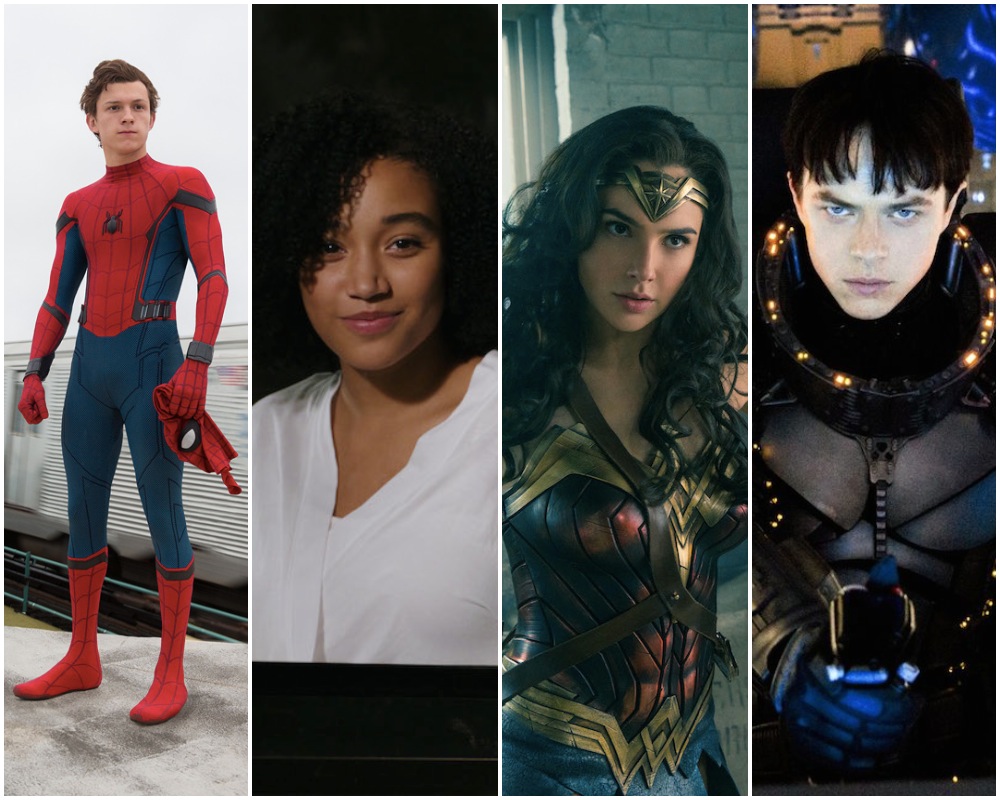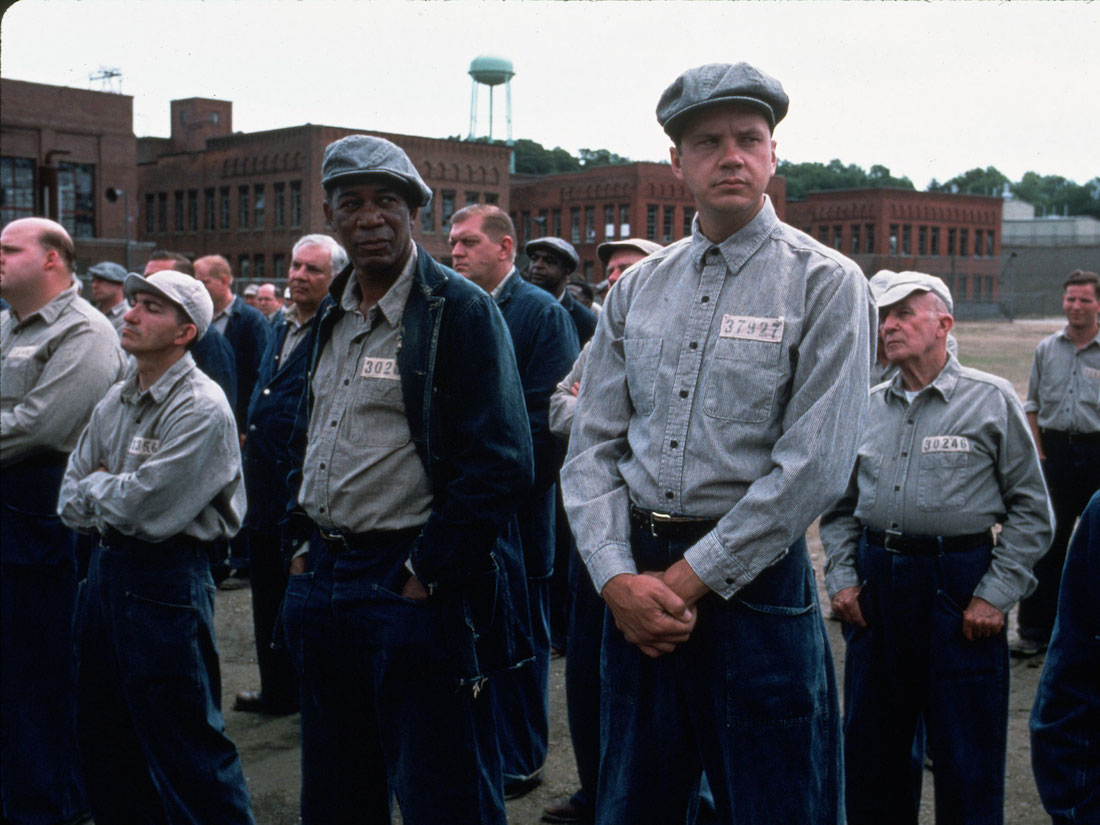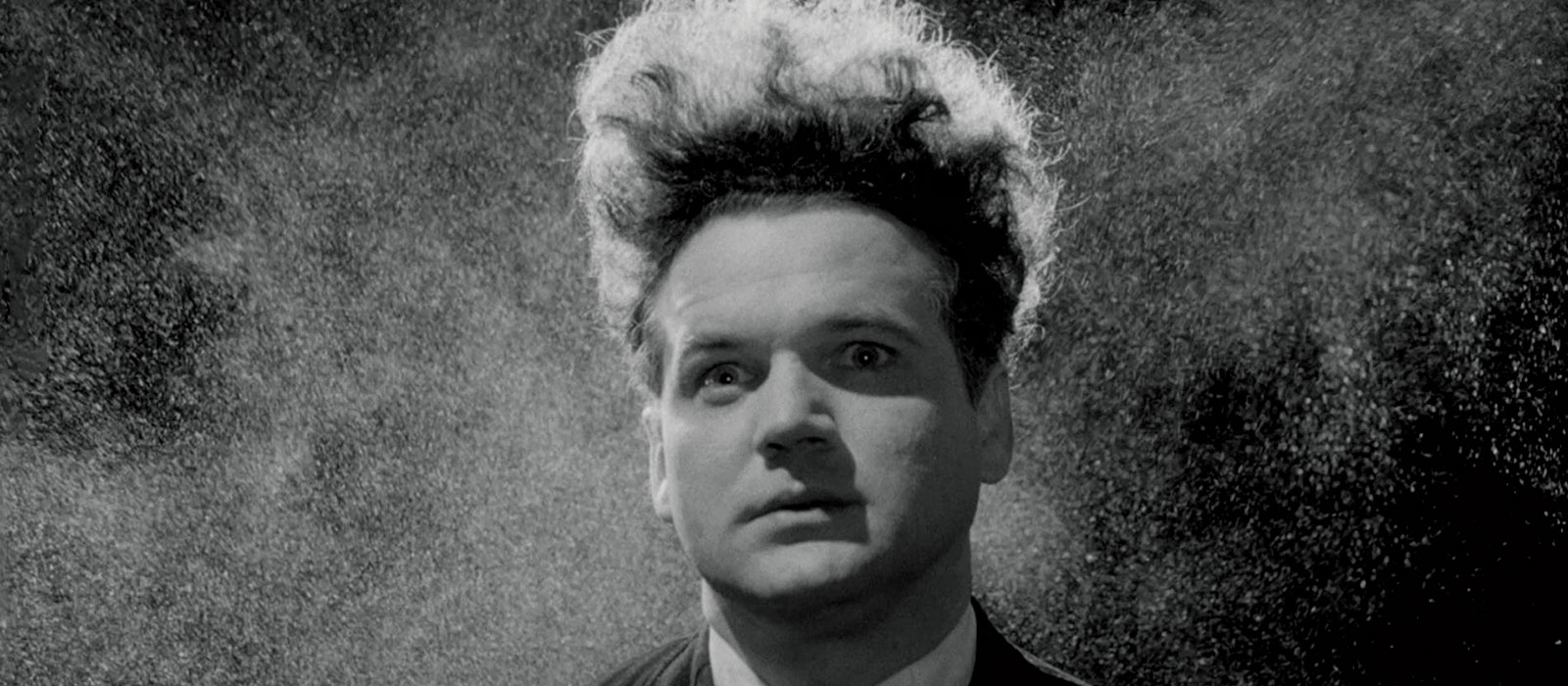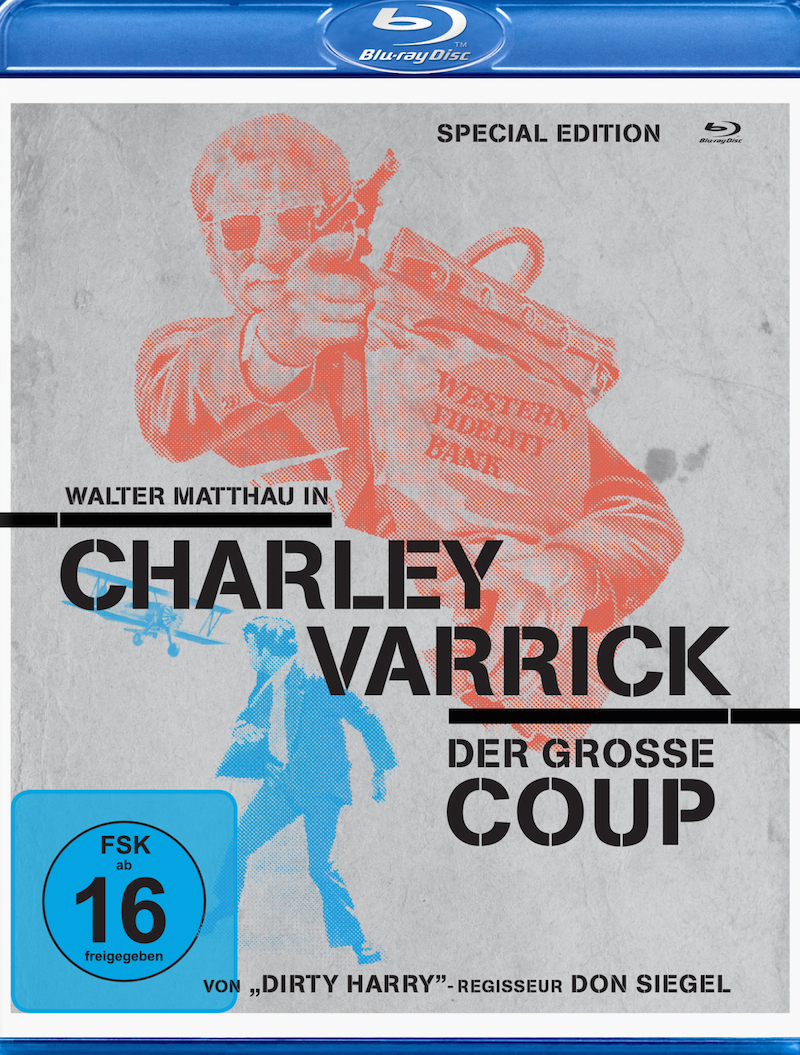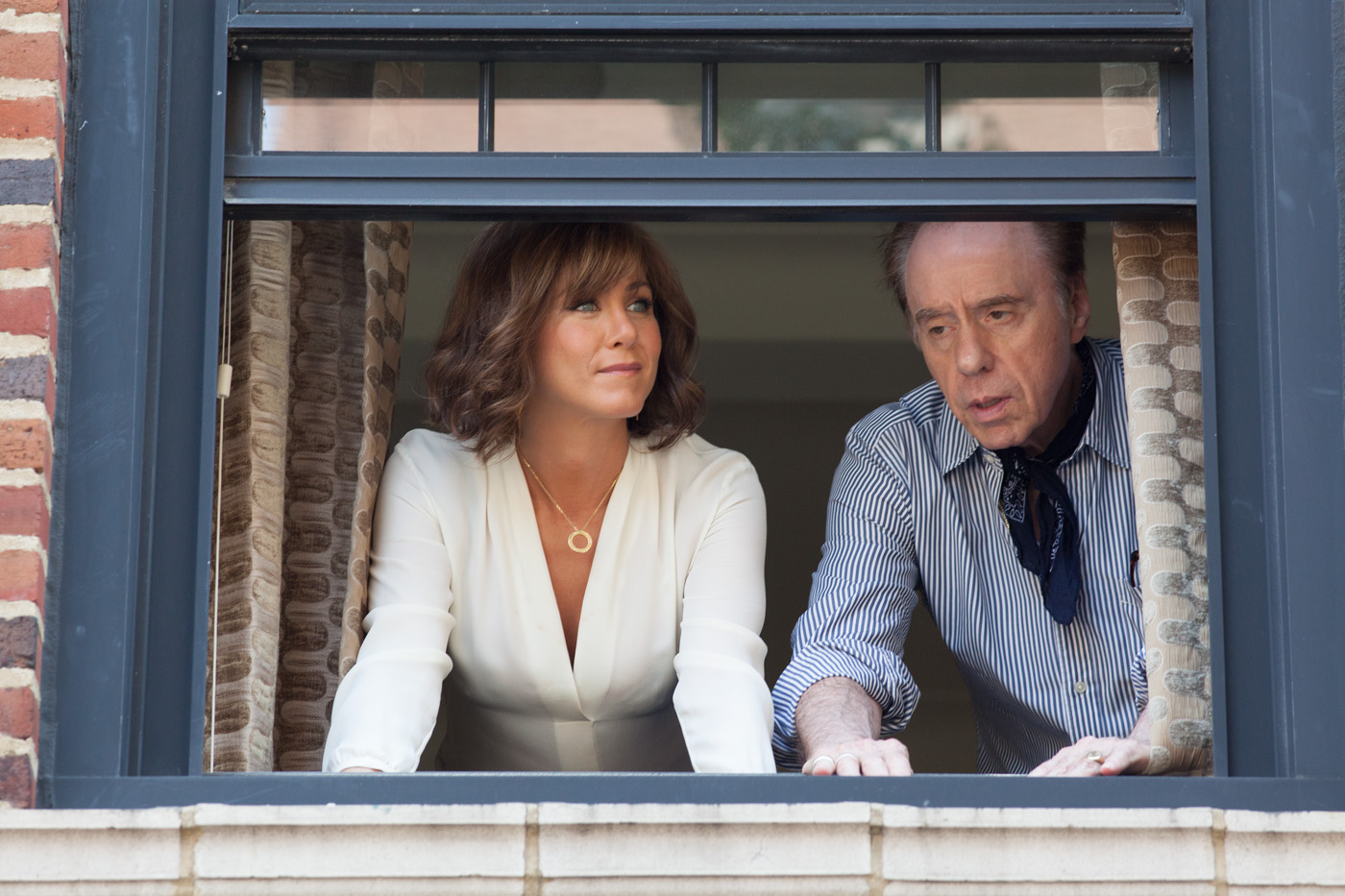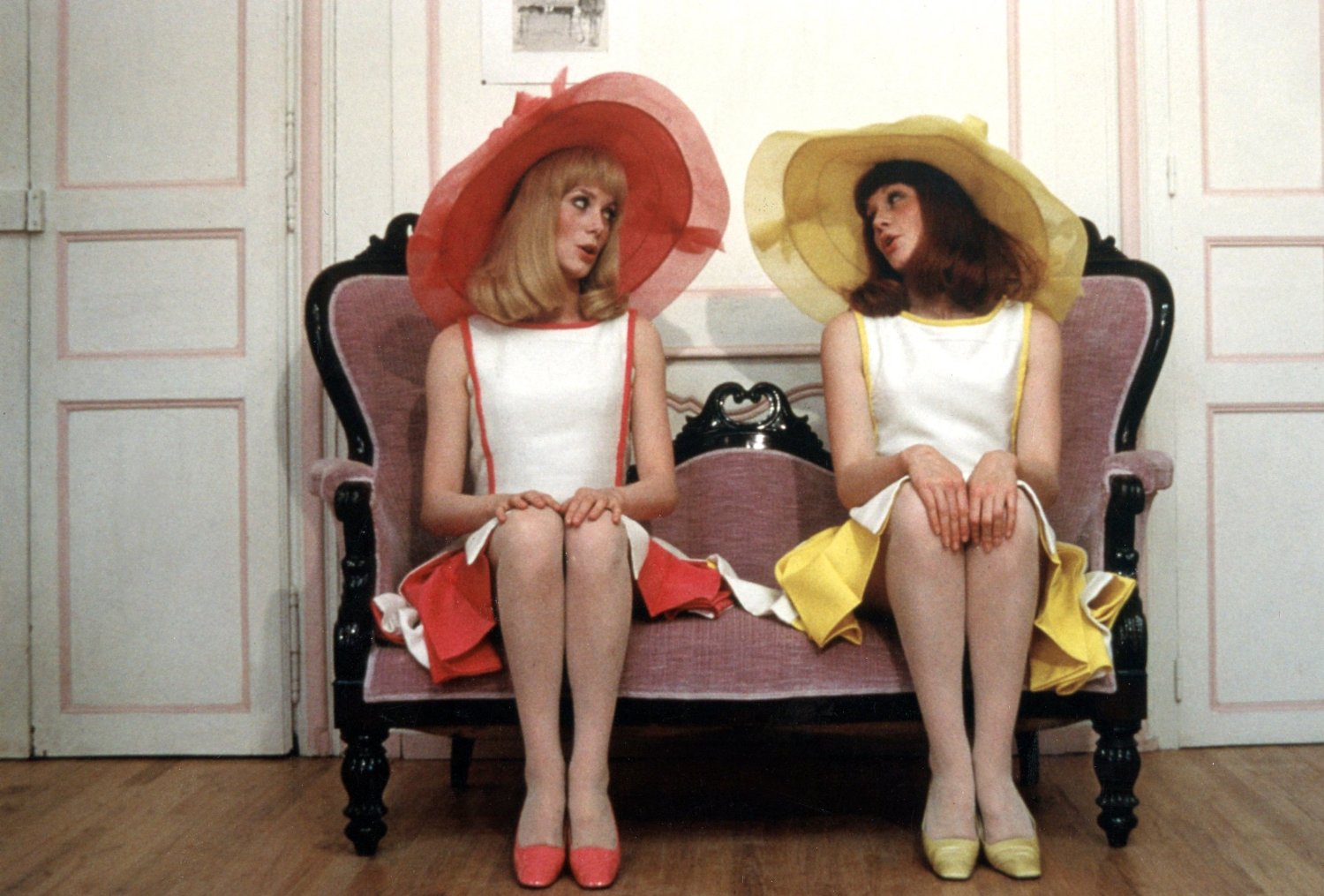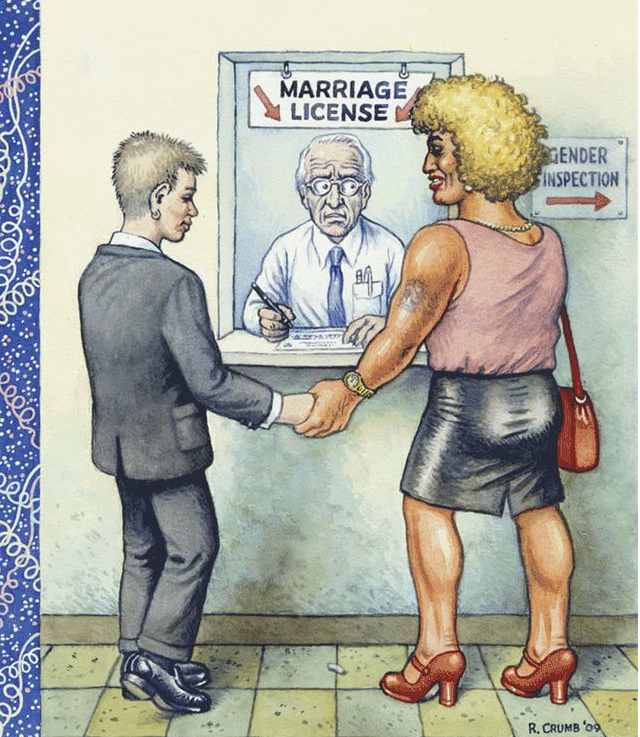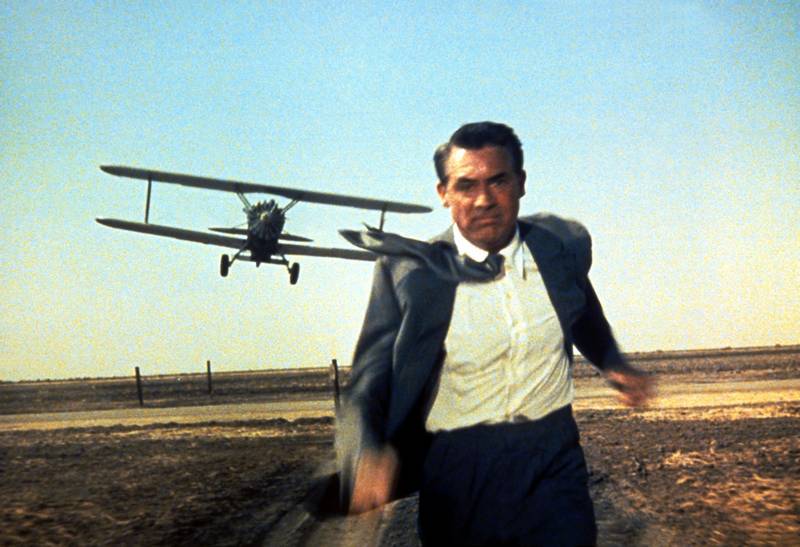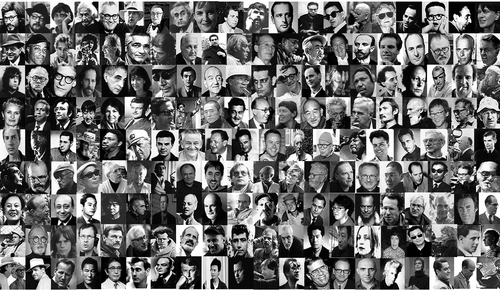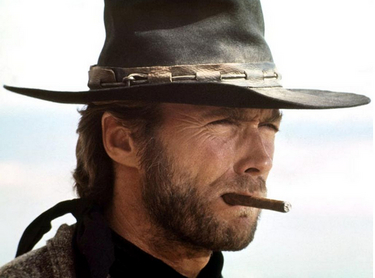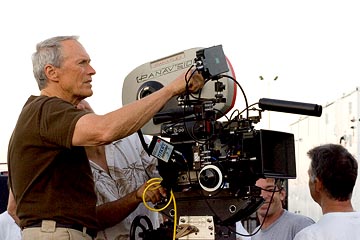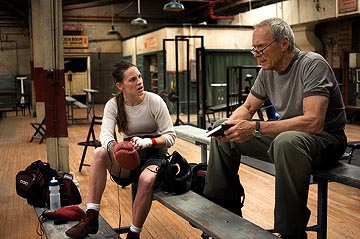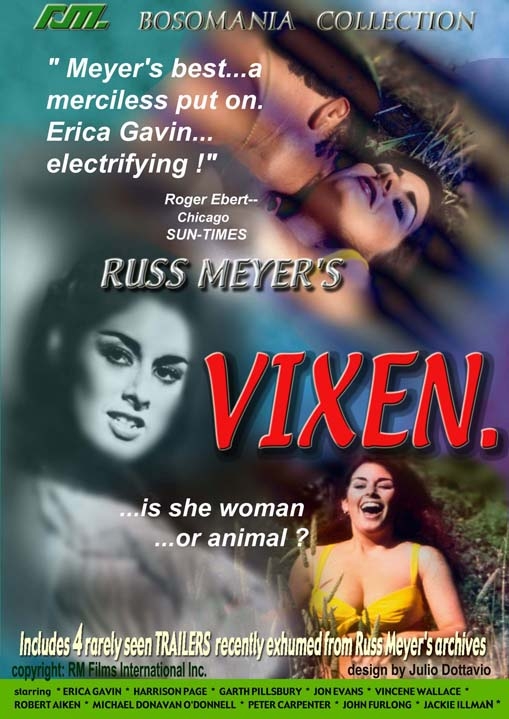Blog Posts That Mention Don Siegel
Lookin’s Free: Joe Don Baker (1936-2025)
Scout Tafoya
In the Cut, Part III: Bullitt, The Lineup, French Connectionaka I Left My Heart in My Throat in San Francisco
Jim Emerson
In the Cut, Part II: A Dash of Salt
Jim Emerson
Termite booster: Manny Farber 1917-2008
Jim Emerson
Do I feel lucky? Well, do ya, punk?
Gerardo Valero
Light the Fuse: Lalo Schifrin (1932-2025)
Charlie Brigden
Redacting Racism: Some Thoughts on Race-Blind Casting
Brandon David Wilson
He Made Everything Better: Fred Ward (1942-2022)
Peter Sobczynski
The Connection to Old Hollywood: Peter Bogdanovich (1939-2022)
Scout Tafoya
Cannes Flashback: The Beguiled, Good Time, In the Fade and More
Chaz Ebert
Preview of Noir City Chicago 2019
Laura Emerick
From Blue Velvet to Top Gun: J. Hoberman on Movie Culture in the Reagan Era
Patrick Z. McGavin
A Look Back at the 10th Annual TCM Classic Film Festival
Laura Emerick
You’re Next! Invasion of the Body Snatchers is the horror story that keeps on giving—or taking
Matt Zoller Seitz
The Individual Top Tens of 2017
The Editors
The Big Knockover: “Noir City: Chicago” Brings Heist Films to the Music Box Theater
Laura Emerick
A Returning Visitor: Comparing the Two Versions of “The Beguiled”
Susan Wloszczyna
Video Interview: Sofia Coppola, Kirsten Dunst and Elle Fanning on “The Beguiled”
Katherine Tulich
Cannes 2017 Video #5: “The Beguiled,” “Good Time,” “In the Fade” and More
Chaz Ebert
Cannes 2017: Palme d’Or predictions
Ben Kenigsberg
Cannes 2017: “The Beguiled,” “A Gentle Creature,” “Closeness”
Barbara Scharres
2017 Summer Movie Preview: 25 Films We’re Excited About
Nick Allen
The “Shawshank” Greatness, Part II
Gerardo Valero
Share Your Love: Author Danny Peary on “Cult Movies”
Susan Wloszczyna
Once More Into The Breach: Some Overseas Blu-ray Action
Glenn Kenny
Thumbnails 10/16/15
Matt Fagerholm
Playing All the Parts: Peter Bogdanovich on “She’s Funny That Way”
Jim Hemphill
Home Entertainment Consumer Guide: July 9, 2015
Brian Tallerico
Short Films in Focus: The 2015 Oscar-Nominated Short Films
Collin Souter
Blu-ray: The Year in Review, OR Blu-ray Holiday Gift Guide: A “Choose Your Own Adventure” Deciders Feature
Glenn Kenny
Thumbnails 7/1/2013
The Editors
101 102 Movies You Must See Before…
Jim Emerson
Name That Director!
Jim Emerson
Batman vs. the zeitgeist
Jim Emerson
The actor as form for the film
Michael Mirasol
On Clint Eastwood directing “Million Dollar Baby”
Roger Ebert
On “Million Dollar Baby”: What the critics said
Roger Ebert
Outdoor film festival salutes Mickey Mouse, Brando, Grant
Roger Ebert
Eminem looks back with anger in new flick
Roger Ebert
The vying game
Roger Ebert
The golden age of Eastwood
Roger Ebert
Interview with David Brown
Roger Ebert
Interview with Russ Meyer
Roger Ebert
Popular Reviews

The best movie reviews, in your inbox
